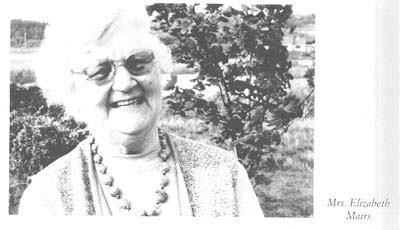
Limeburners were important members of the community in the days of the white-washed cottage. But now that cement washes and outdoor paints are the recognised materials for house decoration and renovation, lime is no longer in much demand.
In the old days, once a year at least, out came the big white-wash brush, and walls and gables got their coat of gleaming white lime, both inside and out, not forgetting the garden fence and the cow-houses Even the hen house got a lick, if lime and energy did not run out too soon.
Up to 45 or 50 years ago, the limeburner's cart could be seen in the marketplace of every country town and village, especially in springtime, when demand was greatest.
Some farmers built small kilns on their and and burnt their own supplies, both for white-washing and for agricultural purposes. Lime was sprinkled on the potato ridges and between rows of cabbage plants; it was, and still is, used to sweeten sour 1 soil. I
More often, one, or even two large kilns in each parish provided sufficient lime for the area round about. The disused kilns can still be seen, objects of curiosity to the younger generation who have never seen them in use.
Limekilns were always circular in shape, built of rough masonry and open at the top. They had a small opening at ground level and though the walls were roughly constructed, they had to be airtight.
The limeburner and his helpers spent days drawing load after load of limestone rocks. Then they had to break these into pieces about the size of a man's fist. The men usually wore perforated zinc 'spectacles' to save their eyes from flying chips of stone.
For firing the kiln, turf or coal, or both, was used. Alternate layers of fuel and broken limestone were in the bottom of the kiln. Then the whole mass was set alight at the bottom. The upward air-draught carried the heat through the whole kiln till the contents were reduced to powder.
